In this article we will explore the symbolism of different Buddha water fountain designs and the meanings behind them. This could include the different mudras (hand gestures) and postures that Buddha is often depicted in, and the specific meanings associated with each one.
Symbolism of Buddha water fountains could include mudras, postures, placements and materials used. Symbolism of Buddha water fountains adds spirituality and serenity to gardens.
First, it's important to understand that Buddhism is a religion and philosophy that originated in ancient India and is based on the teachings of Siddhartha Gautama, who is known as the Buddha or Enlightened One. One of the key tenets of Buddhism is the concept of mindfulness, or the practice of being present and aware in the moment.
Asides the peaceful energy they bring, Buddha water fountains can also be used to create a sense of balance and harmony in the garden. The circular shape of the fountain, for example, can symbolize the endless cycle of life and the interconnectedness of all beings. The placement of plants and other elements in the garden can also be used to create a sense of balance and harmony, incorporating the principles of feng shui.
Many Buddha water fountains also feature traditional Asian design elements, such as pagodas and dragons. Pagodas, which are tiered towers often found in Buddhist temples, symbolize the path to enlightenment and can be seen as a metaphor for the layers of understanding and wisdom that are gained on the spiritual journey. Dragons, which are revered in many Asian cultures, can symbolize strength, power, and good fortune.

The Origins of Buddha Water Fountains
Buddha water fountains have a long history, dating back to traditional Japanese and Chinese garden design. In these cultures, water has always been considered a key element in creating a sense of harmony and balance within a space. This is because water is seen as a symbol of purity, clarity, and the flow of life. Japanese gardens, for example, often feature water elements such as ponds, streams, and waterfalls, and are designed to evoke a sense of peace and tranquillity.
Over time, the design of Buddha water fountains evolved as they became more popular in both Buddhist and non-Buddhist cultures. In Buddhist teachings, water is seen as a metaphor for the human mind, which can be calm and clear or disturbed and turbulent. By incorporating water into our surroundings, we can cultivate a sense of stillness and inner peace, which is central to the Buddhist tradition.
The Different Mudras of the Buddha
One of the most striking features of many Buddha water fountains is the intricate hand gestures (known as mudras) that the Buddha is depicted in. These gestures, which are often carved or cast in stone or ceramic, have specific meanings and convey different messages. Here are some of the most common mudras found in Buddha water fountains:
The earth-touching mudra: This mudra is also known as the calling the earth to witness mudra, and is often depicted with the Buddha touching the earth with his right hand. This mudra represents the moment when the Buddha called upon the earth to witness his enlightenment.
The teaching mudra: This mudra is also known as the turning the wheel of the dharma mudra, and is often depicted with the Buddha holding his right hand in a closed fist, with the thumb and index finger touching. This mudra represents the moment when the Buddha first began teaching the dharma (the teachings of Buddhism).
The meditation mudra: This mudra is also known as the dhyanamudra, and is often depicted with the Buddha seated in the lotus position, with both hands resting on his lap, palms up. This mudra represents the moment when the Buddha attained enlightenment through meditation.
The fearlessness mudra: This mudra is also known as the abhaya mudra, and is often depicted with the Buddha holding his right hand up, with the palm facing outward. This mudra represents the Buddha's protection and fearlessness.
The Different Postures of the Buddha
Besides the mudras, the posture of the Buddha in a water fountain can also convey symbolic meaning. Here are some of the most common postures found in Buddha water fountains:
The standing posture: A standing Buddha water fountain is often used to represent the Buddha's power and strength.
The seated posture: A seated Buddha water fountain is often used to represent the Buddha's meditation and enlightenment.
The reclining posture: A reclining Buddha water fountain is often used to represent the Buddha's death and final nirvana.
The Meaning Behind the Placement of the Buddha
The placement of the Buddha in a water fountain can also convey symbolic meaning. Here are some common placements and their meanings:
The Buddha facing inward: A Buddha water fountain that is placed with the Buddha facing inward towards the center of the garden or outdoor space can symbolize introspection and contemplation.
The Buddha facing outward: A Buddha water fountain that is placed with the Buddha facing outward towards the entrance of the garden or outdoor space can symbolize protection and welcoming.
The Buddha facing upwards: A Buddha water fountain that is placed with the Buddha facing upwards towards the sky can symbolize the Buddha's connection to the divine.
The Meaning Behind the Materials Used in the Water Fountain
The materials used in the construction of a Buddha water fountain can also hold symbolic meaning. For example, stone Buddha water fountains are often associated with grounding and stability, while ceramic Buddha water fountains are often associated with spirituality and purity. Metal Buddha water fountains, such as bronze or brass, are often associated with strength and endurance.
By understanding the symbolism of different Buddha water fountain designs, you can deepen your appreciation and understanding of these beautiful garden accents. Whether you're looking to add a touch of spirituality to your outdoor space, or simply want to create a peaceful and calming environment, a Buddha water fountain can be a meaningful and enriching addition. With so many styles and designs to choose from, there is a Buddha water fountain that is perfect for any garden or outdoor space. Whether you prefer traditional stone designs, modern ceramic creations, or something in between, there is a Buddha water fountain that will suit your style and needs.
The Role of Nature in Buddha Water Fountains
Nature plays a central role in the design and symbolism of Buddha water fountains. The use of natural elements such as water, rocks, and plants is key to creating a sense of harmony and balance in the space. Water, in particular, is a fundamental element of Buddha water fountains, and is often used to represent the flow of life and the constant cycle of change.
In addition to water, rocks and plants are also important elements in Buddha water fountains. Rocks are often used to represent mountains or other natural formations, and are placed in such a way as to create a sense of balance and harmony. Plants, on the other hand, are used to add color and texture to the space, and to create a sense of natural beauty and vitality.
The combination of these natural elements in Buddha water fountains is meant to create a sense of unity between the viewer and the natural world. By surrounding ourselves with natural elements, we can cultivate a deeper sense of inner peace and harmony, and can connect with the larger rhythms of the universe. This is a central theme in many spiritual and religious traditions, including Buddhism.
Role of Meditation in Buddha Water Fountains
Meditation is a practice that has been used for centuries to promote inner peace, mindfulness, and spiritual growth. It is a powerful tool that can help us to connect with our inner selves, and to find a sense of balance and harmony in our lives. In recent years, the practice of meditation has become more popular and accessible, with many people incorporating it into their daily routine.
When it comes to Buddha water fountains, meditation can play an important role in enhancing the overall experience. The sound of flowing water and the peaceful energy that the feature emits can help to create a relaxing environment, which is conducive to meditation. By focusing on the sound of the water and allowing our minds to become still, we can deepen our meditation practice and experience a greater sense of peace and tranquillity.
There are a number of different techniques that can be used in conjunction with Buddha water fountains to enhance meditation. For example, some people choose to use guided meditations, which involve listening to a recording of a meditation teacher who provides guidance and support. Others prefer to use simple breathing techniques, focusing on the inhale and exhale of the breath.
Regardless of the technique used, incorporating a Buddha water fountain into your meditation practice can be a powerful way to deepen your practice and experience greater levels of inner peace and wellbeing. Whether you choose to meditate in front of a large outdoor Buddha water fountain or a small indoor tabletop fountain, the peaceful energy and calming sound of flowing water can help to create a supportive environment for your practice.
Role of Lighting in Enhancing the Aesthetic of Buddha Water Fountains
Lighting is an important factor when it comes to enhancing the aesthetic of Buddha water fountains. The right lighting can help to highlight the beauty of the feature and create a peaceful and calming ambiance. Here are some ways in which lighting can be used to enhance the aesthetic of Buddha water fountains:
- Spotlights: Spotlights can be used to illuminate the Buddha water fountain from different angles, creating a beautiful and eye-catching display. This can be especially effective at night, when the feature is more visible.
- Underwater lighting: Underwater lighting can be installed within the water fountain to create a beautiful and dramatic effect. The light reflects off the water, creating a shimmering and sparkling effect that is sure to catch the eye.
- Colored lighting: Colored lighting can be used to create a specific mood or ambiance. For example, blue or green lighting can create a calming and relaxing environment, while red or orange lighting can create a warm and welcoming atmosphere.
- Solar lighting: Solar lighting is an eco-friendly option that can be used to illuminate the water fountain without the need for electricity. Solar lights can be installed around the feature or within the water itself, providing a beautiful and sustainable lighting solution.
- Dimmer switches: Dimmer switches can be installed to control the intensity of the lighting, allowing you to create a customized ambiance that suits your mood and preferences.
By using lighting to enhance the aesthetic of your Buddha water fountain, you can create a beautiful and calming environment that promotes relaxation, meditation, and inner peace.
How to Incorporate Buddha Water Fountains in Your Space
Incorporating a Buddha water fountain into your home or garden is a wonderful way to add a sense of peace and tranquility to your space. Here are some tips on how to do it:
- Choose the right size and style: Buddha water fountains come in a wide range of sizes and styles, from small tabletop fountains to large outdoor features. Choose a size and style that complements the space you have in mind, and that fits with your personal tastes and preferences.
- Decide on indoor or outdoor use: Buddha water fountains can be used both indoors and outdoors. Consider where you want to place your feature, and choose a style and size that works well in that environment.
- Consider the sound of the water: The sound of flowing water is an important element of Buddha water fountains, and can help to create a sense of calm and tranquility. Choose a feature that produces a sound that you find soothing and relaxing.
- Find the right location: The location of your Buddha water fountain is important. Consider placing it in a central location in your space, where it can serve as a focal point and create a sense of balance and harmony.
- Incorporate natural elements: Natural elements such as rocks and plants are an important part of Buddha water fountains. Consider adding these elements to your space to create a sense of natural beauty and vitality.
- Use lighting to highlight the feature: Adding lighting to your Buddha water fountain can help to create a sense of drama and enhance the overall look and feel of the space.
By choosing the right size and style, considering indoor or outdoor use, finding the right location, incorporating natural elements, and using lighting to highlight the feature, you can create a space that is both visually appealing and spiritually meaningful.
How to Care for and Maintain Your Buddha Water Fountain
Taking care of your Buddha water fountain is important to ensure its longevity and continued functionality. Here are some tips on how to care for and maintain your Buddha water fountain:
- Regular cleaning: It is important to clean your Buddha water fountain regularly to prevent the buildup of dirt, grime, and debris that can cause clogs and other issues. For indoor features, wipe down the surfaces with a soft cloth and use a mild cleaner. For outdoor features, use a soft brush or cloth to clean the surfaces and a garden hose to wash away dirt and debris.
- Water quality: The quality of the water in your Buddha water fountain is important for the health of the feature and the plants and animals that may be living in it. Use a water treatment product that is safe for your feature and its inhabitants to keep the water clean and clear.
- Pump maintenance: The pump is a critical component of your Buddha water fountain, and it is important to maintain it properly. Check the pump regularly for signs of wear or damage, and replace it if necessary. Keep the pump clean and free of debris to ensure that it continues to work properly.
- Winter care: If you live in a cold climate, it is important to take steps to protect your Buddha water fountain from the effects of winter. Drain the water from the feature and store it indoors if possible. If you cannot move the feature indoors, cover it with a waterproof cover to protect it from the elements.
- Regular inspections: Regularly inspect your Buddha water fountain for signs of wear or damage. Look for cracks, leaks, or other issues that may need to be addressed. If you notice any problems, take action immediately to prevent them from getting worse.
By following these simple tips, you can keep your Buddha water fountain in great condition and ensure that it continues to provide peace, tranquility, and beauty to your space.
Frequently Asked Questions
What materials are Buddha water fountains typically made of?
Buddha water fountains are often made of stone, although they may also be made of other materials like metal or resin.
Do Buddha water fountains require a lot of maintenance?
Most Buddha water fountains are fairly low-maintenance, although they may require occasional cleaning and refilling.
Can Buddha water fountains be used indoors?
Yes, Buddha water fountains can be used indoors. In fact, small tabletop fountains are a popular choice for adding a calming element to an indoor space.
What are some benefits of having a Buddha water fountain?
Buddha water fountains can help promote a sense of peace and tranquility in a space. They can also serve as a focal point and add a decorative element to your home or garden.
Final Thoughts
The symbolism behind Buddha water fountains is both rich and profound. Incorporating one of these features into your home or garden can help promote a sense of peace, tranquility, and inner harmony. By understanding the meaning behind the design, you can appreciate the deeper spiritual significance of these beautiful and serene elements. Whether you choose a small tabletop fountain or a larger outdoor feature, a Buddha water fountain is a wonderful addition to any space that can help you cultivate a sense of inner peace and serenity.
Related Articles
Lion Water Fountains: Decoding the Symbolism & Meaning
Water Fountain Design Ideas for 2023
Water Fountain Ideas for Australia




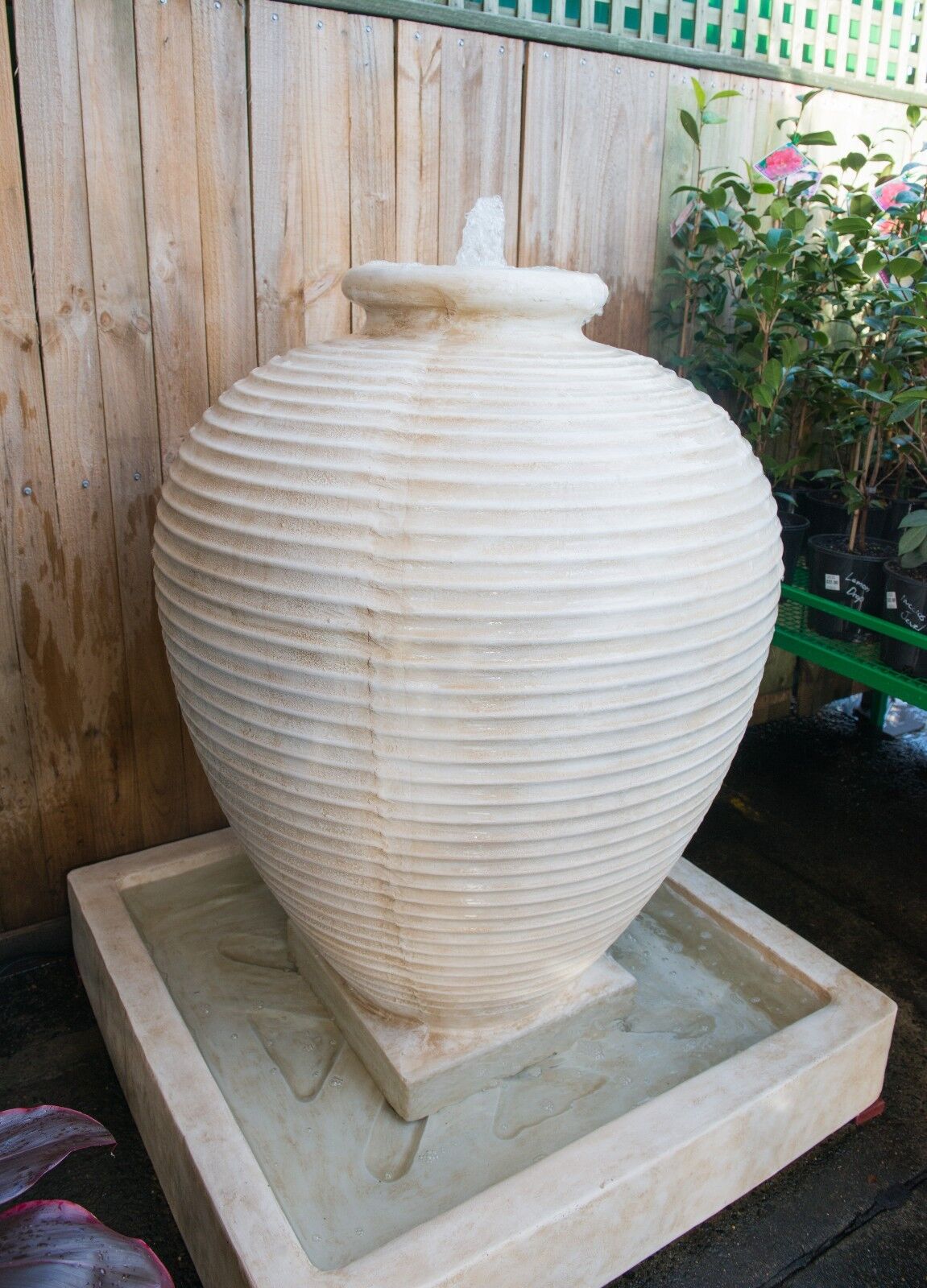
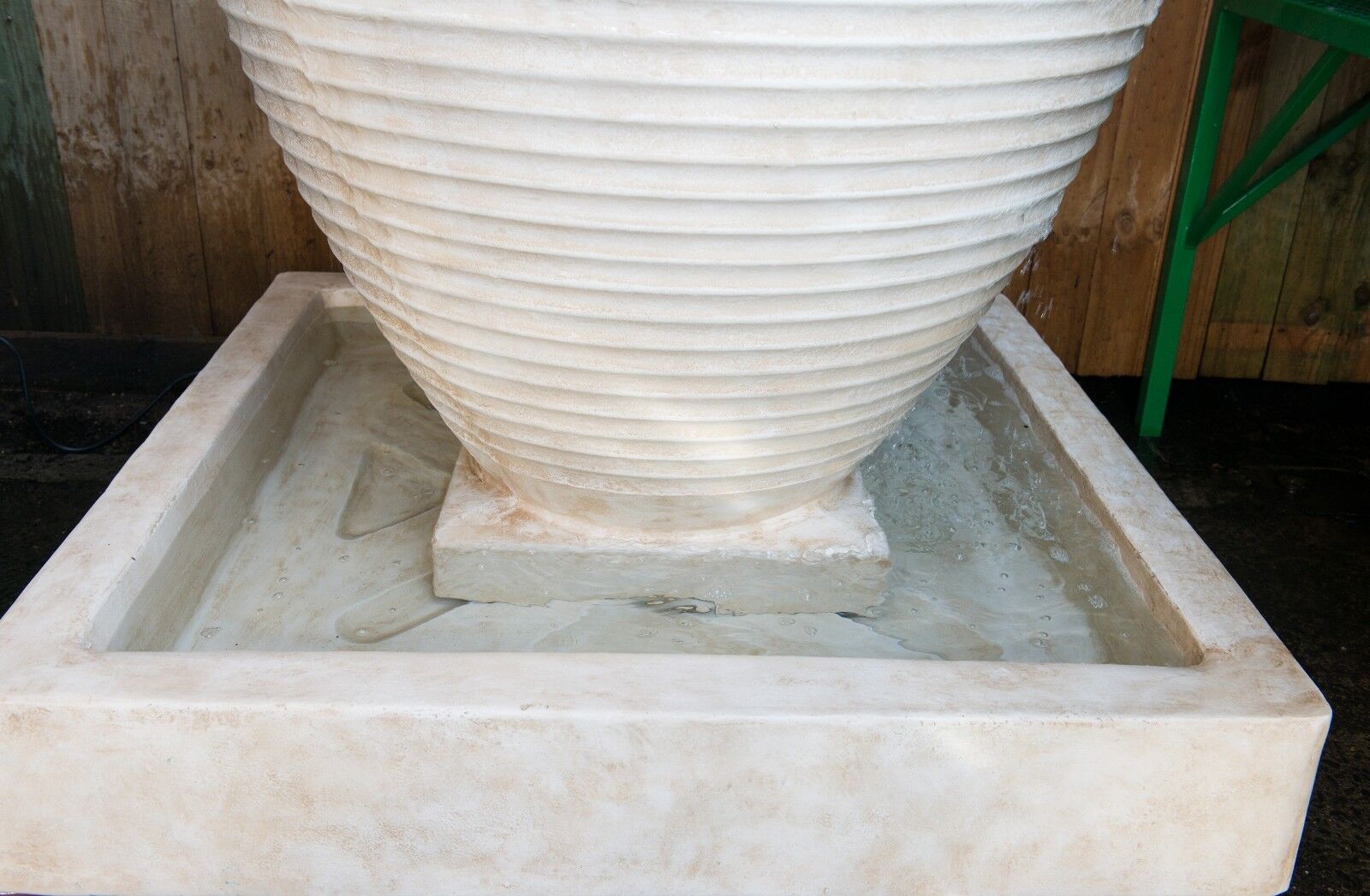
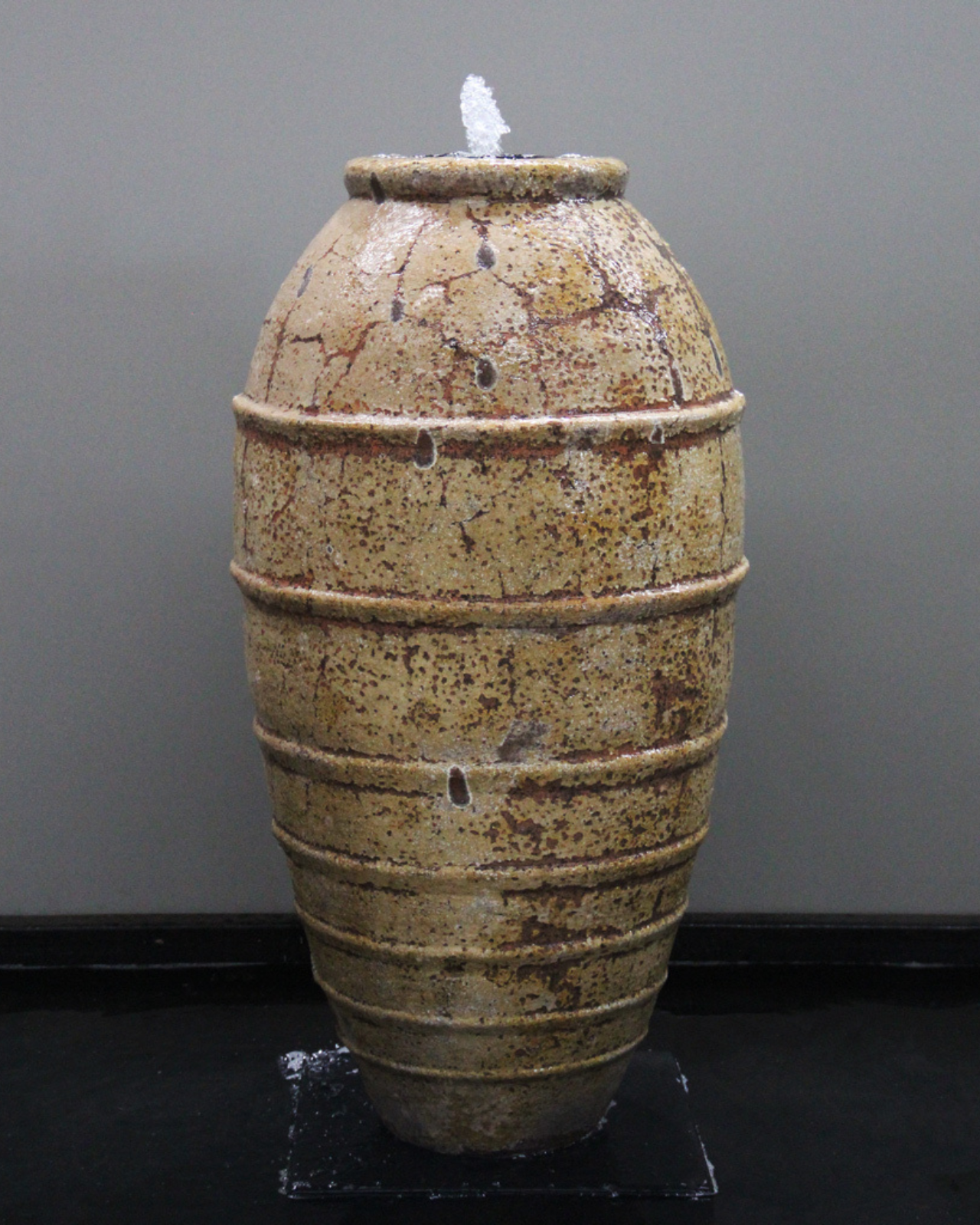
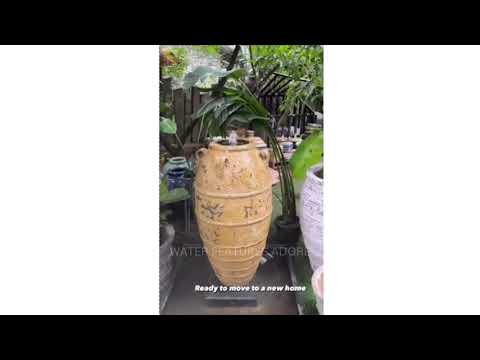
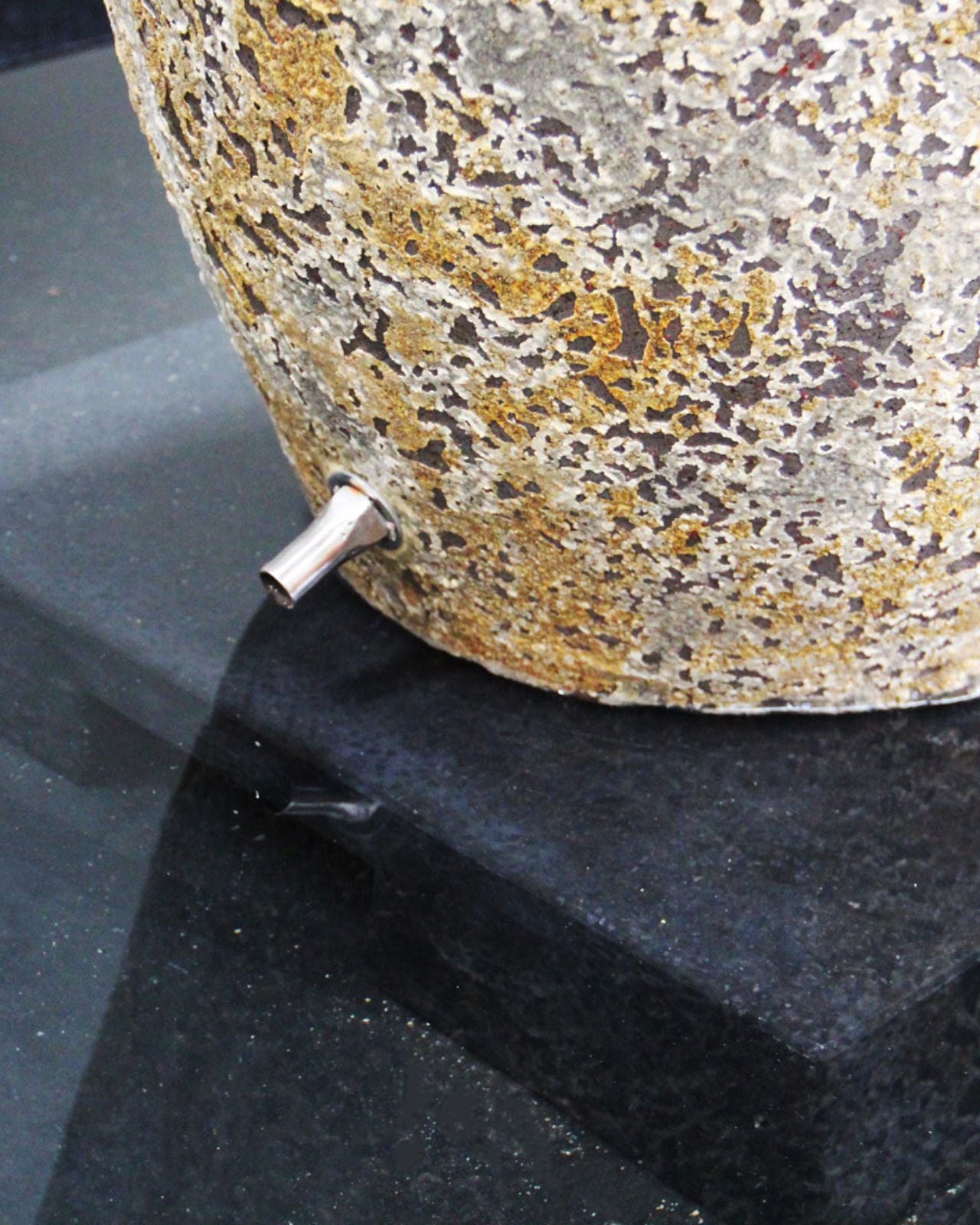

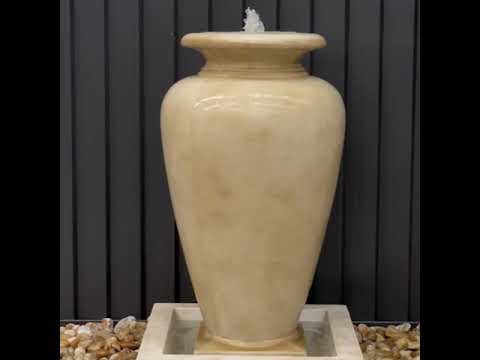

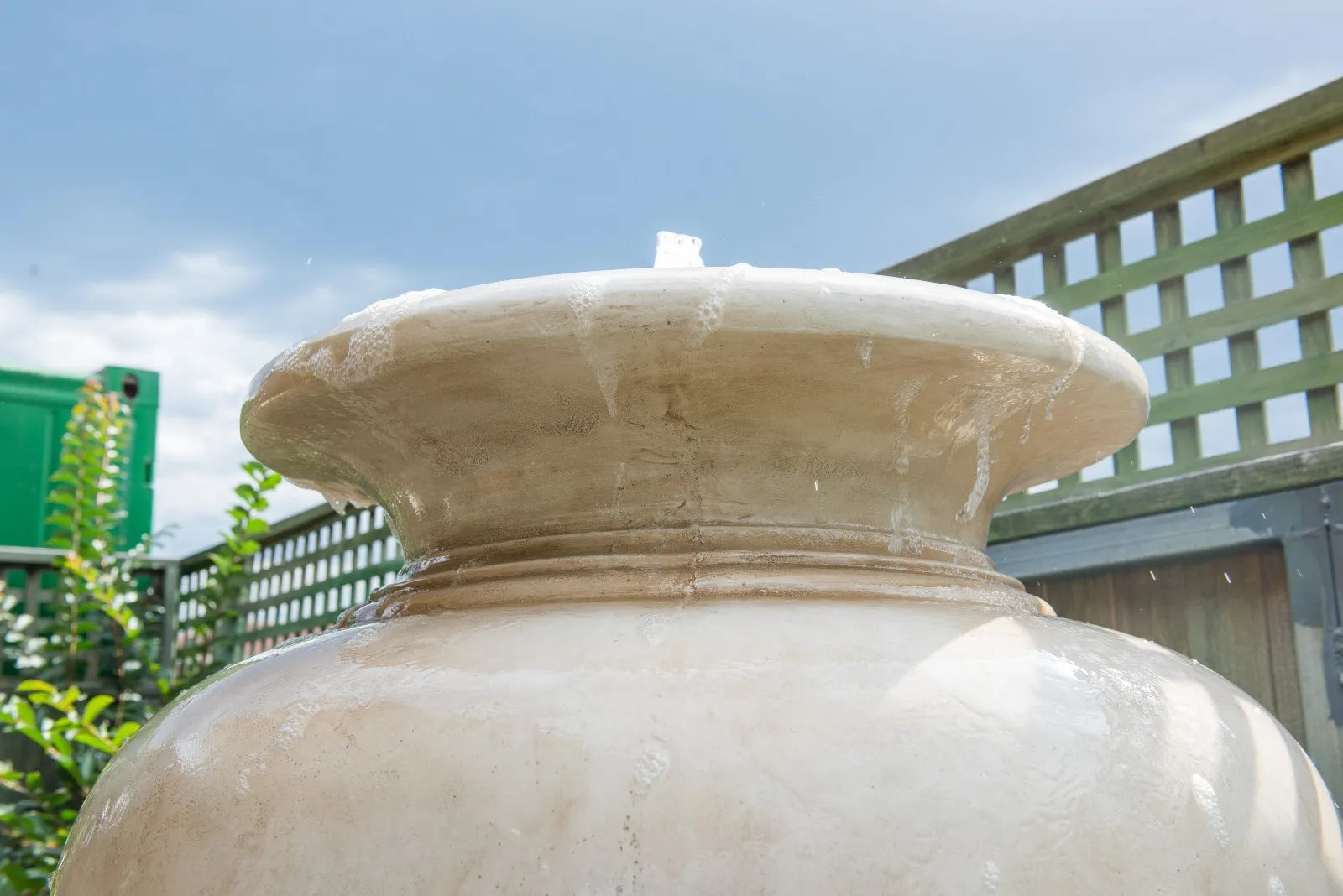
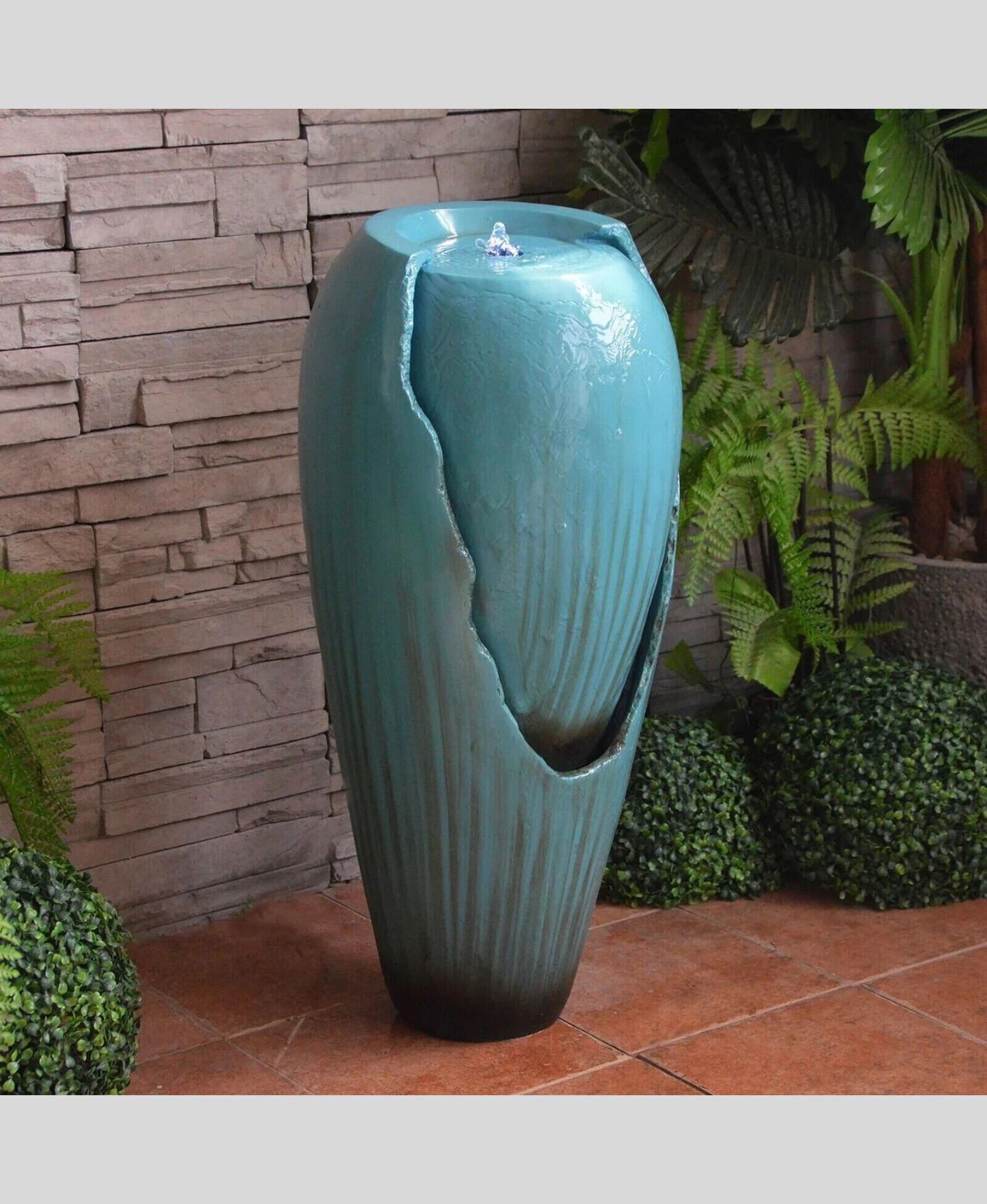



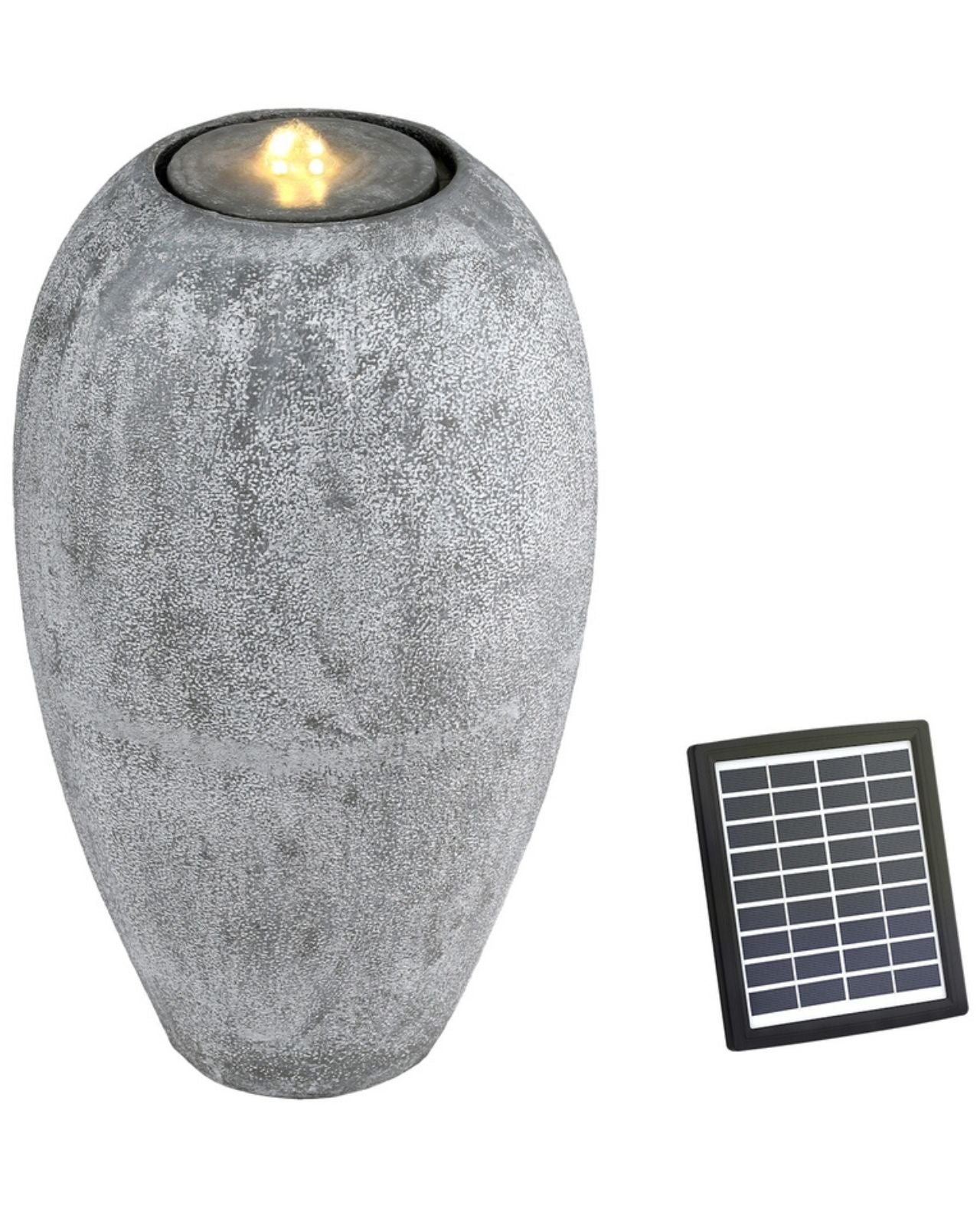
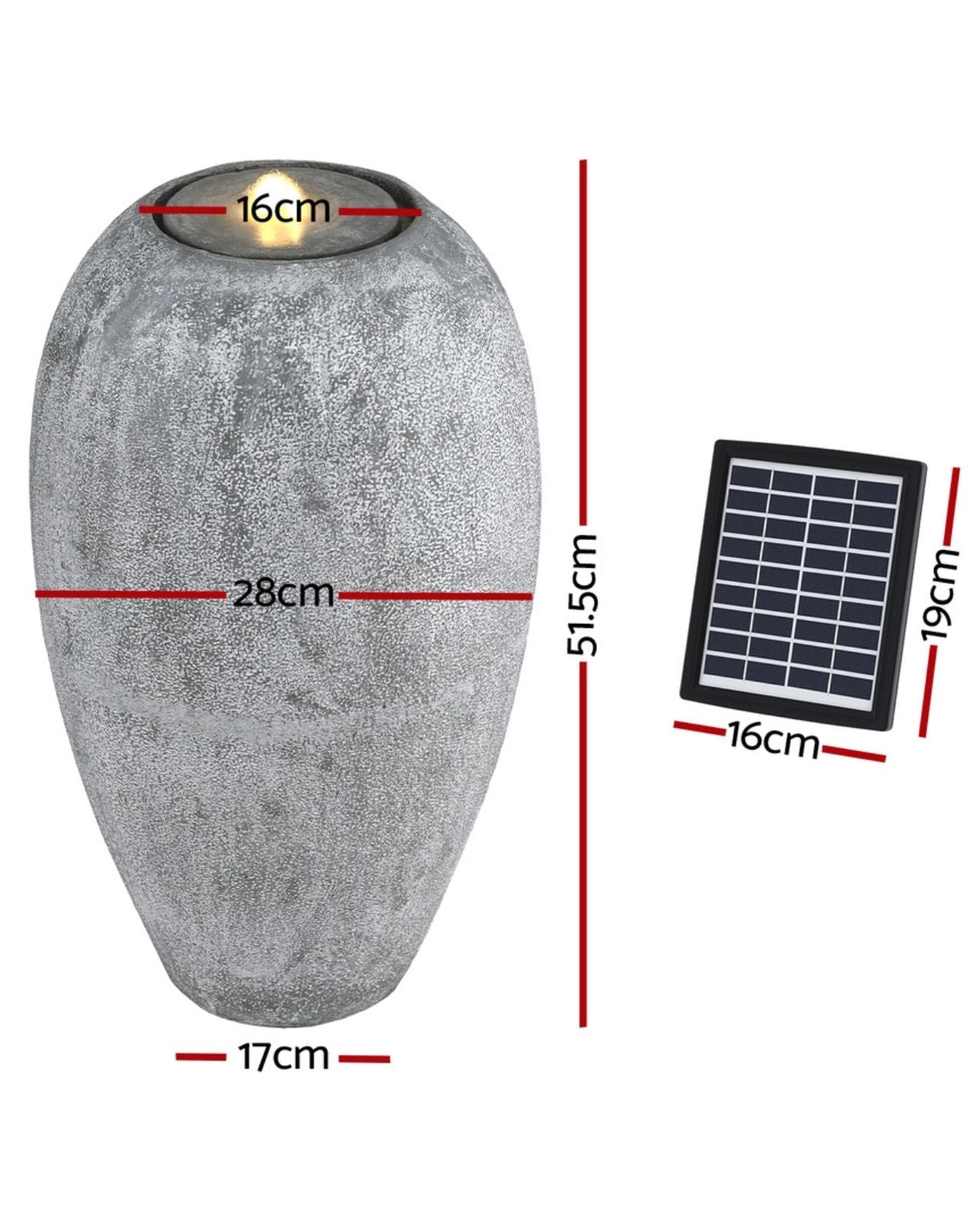
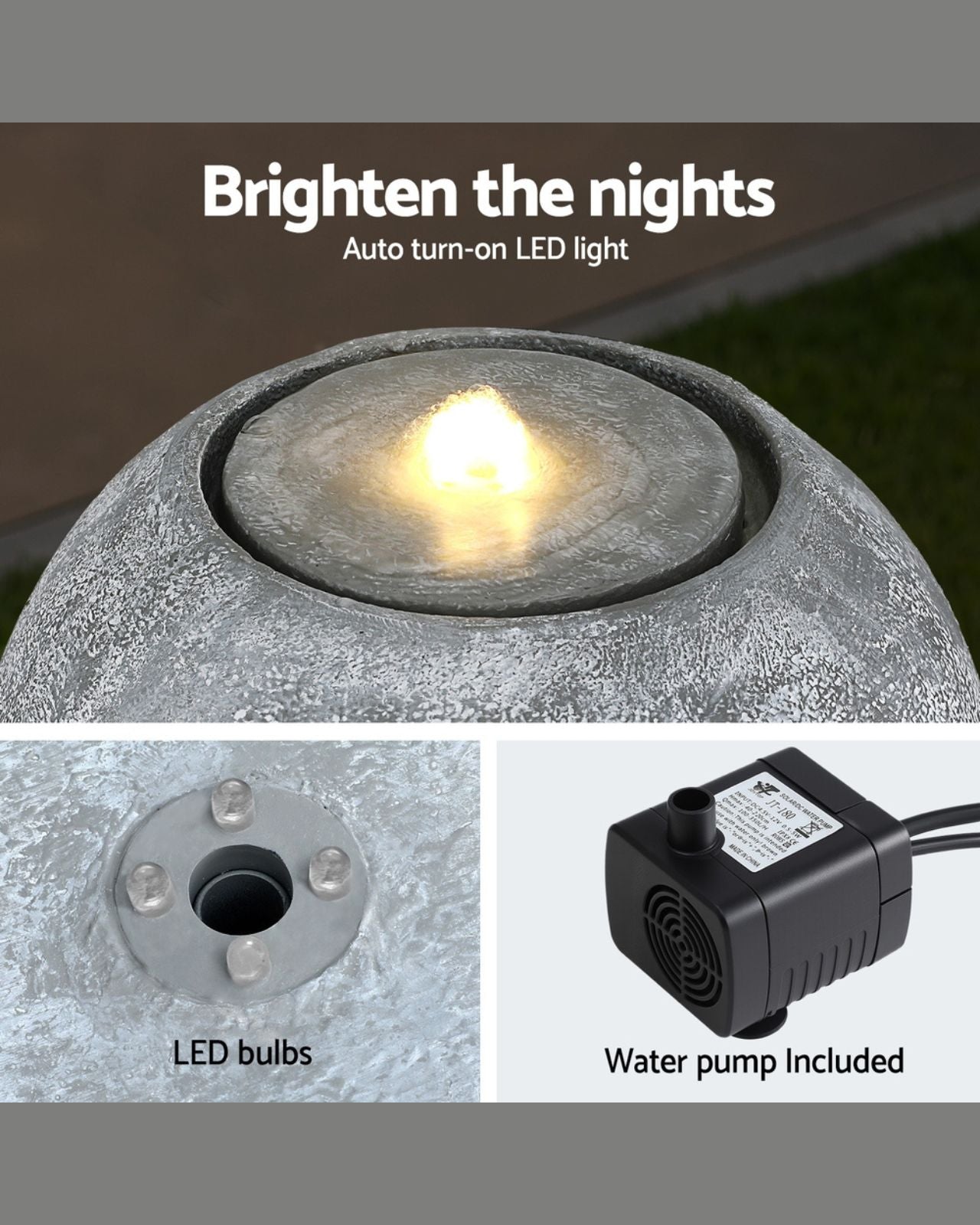
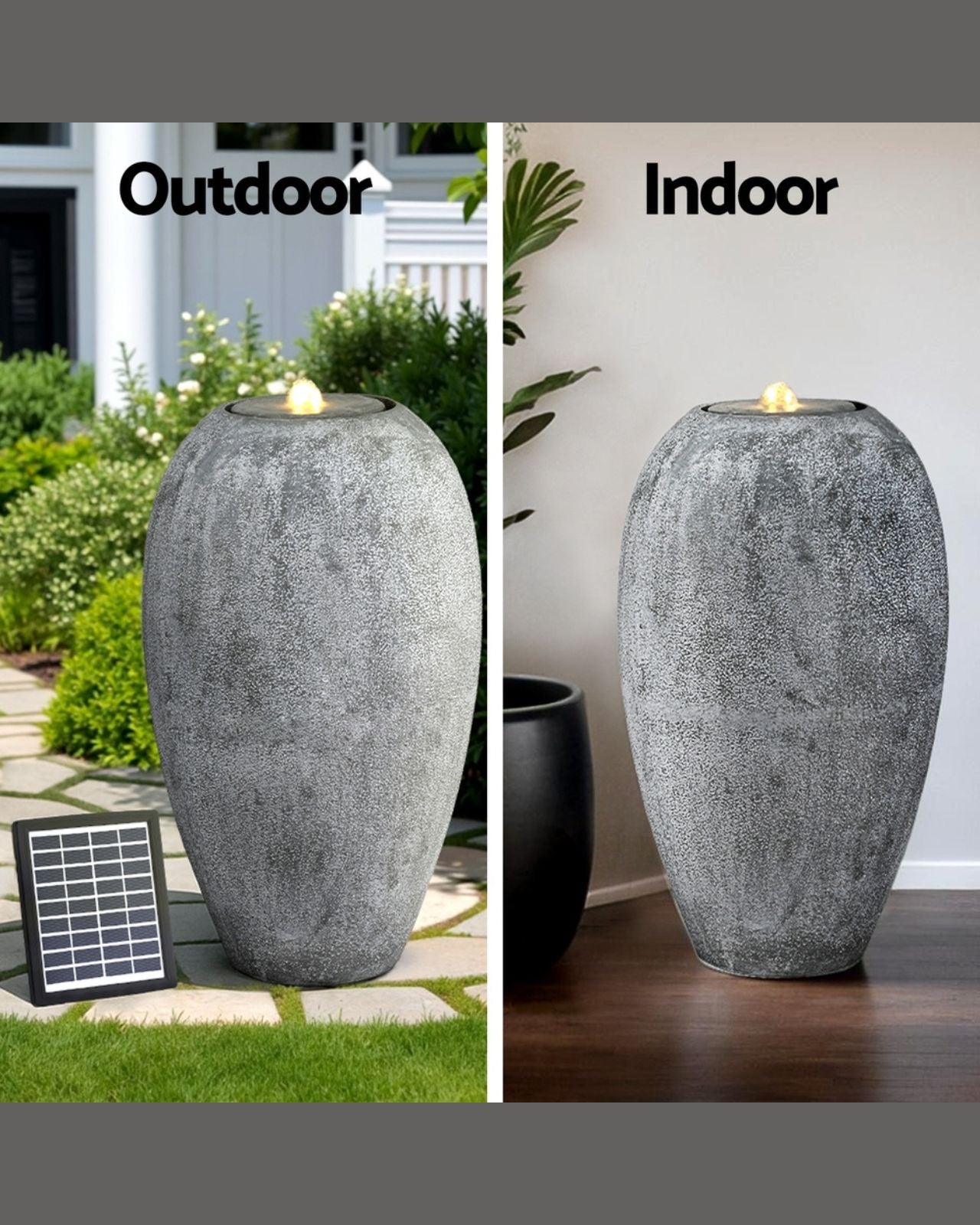


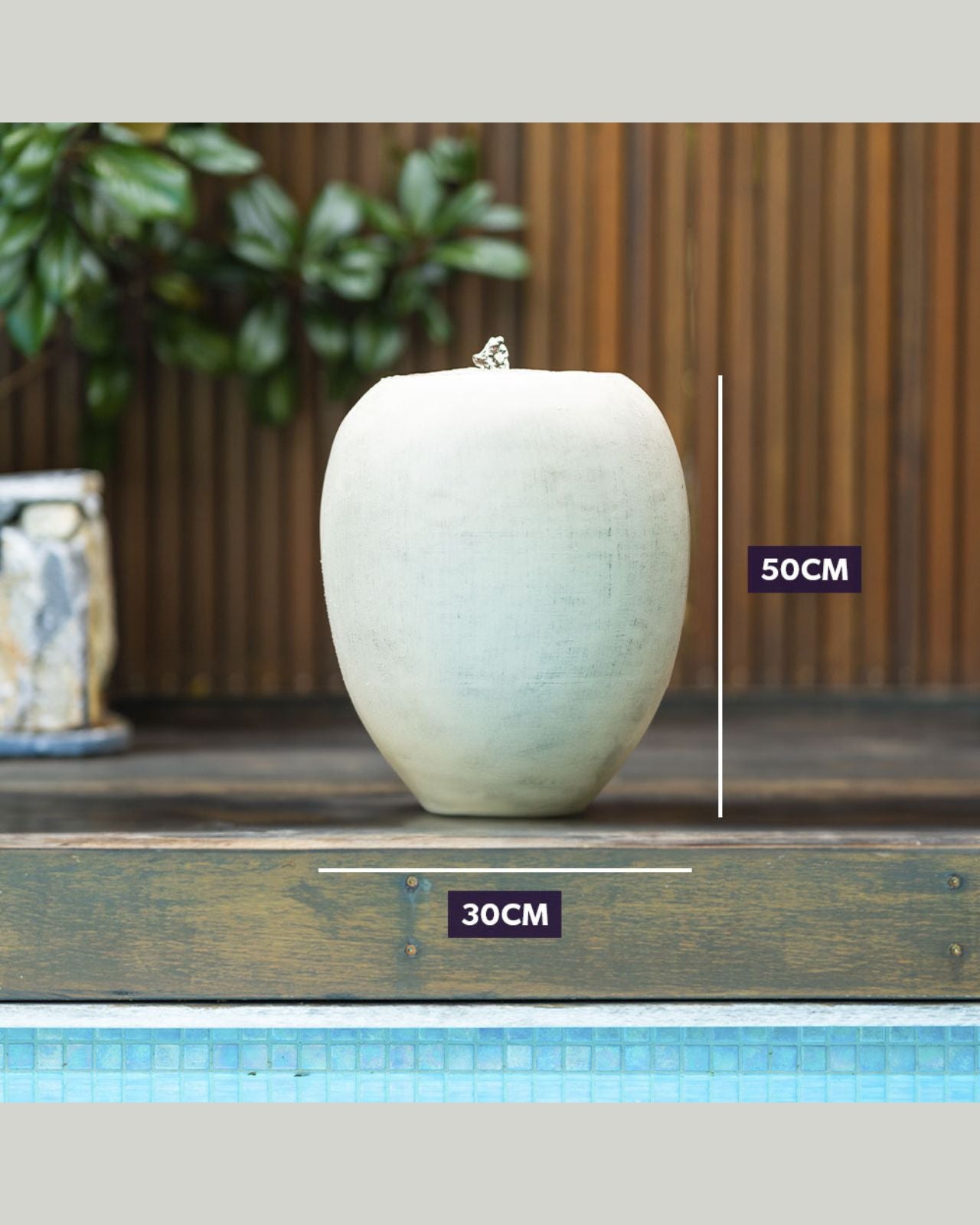

Share:
Lion Water Fountains: Decoding the Symbolism & Meaning
Water Feature Ideas for Australia